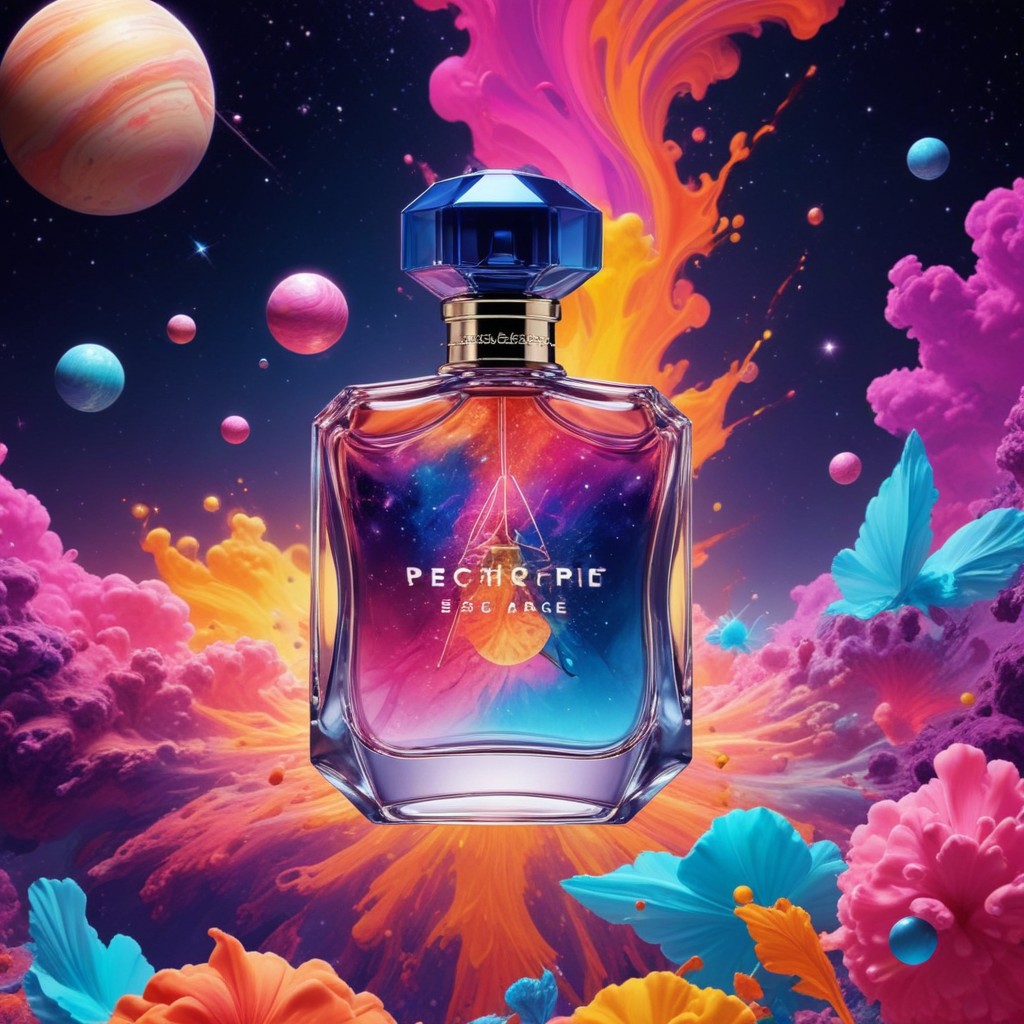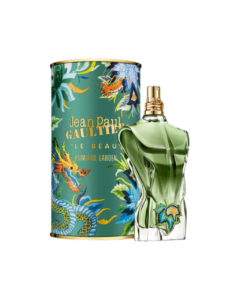The digitization of scents – where the science stands
Perfume Lovers – do you dream of smelling the perfumes you see online, straight from the internet?”
In this post, I provide a brief update on the coming future of online fragrance selection with some of the latest insights and achievements in scent digitization, which we discuss in more detail in my webinars.
It sounds like futuristic science fiction, but you’ll be surprised at what neuroperfumery and neuroscientists can do now! Just recently, they made a groundbreaking discovery of how to digitize scents, like images and sounds, to instantly transmit them anywhere.
Neuroscientists have just digitized a floral scent, making it the first scent to be transmitted via IP. To digitize scents, they used violets, one of the most popular scents of all time, which was already used in ancient times. It was a key ingredient in your great-grandmother’s favorite Guerlain perfume Après L’Ondée (1906), but is also a favorite in our time. For example, in creations such as Hermessence Violette Volynka by Hermès, a fragrance for women and men.
Almost every quarter, neuroscientists get closer to digitizing even entire perfumes and exploring ways to transport their odor molecules into our homes via the Internet, with the goal of enriching our online shopping experience with mood-enhancing neuroscents, health and well-being.
So that there are no misunderstandings, I am not talking about old technologies like iSmell or Scent Drome, in which scent cartridges with different scents were connected to computers for mixing like color printers, but about the digitization of scents, where the impression is created, like with pictures, directly in the brain.
Until now, fragrance buyers on the Internet have been introduced to fragrances primarily through visual and, more recently, acoustic impressions. For example, L’Oréal bridged the gap between perfumery and musicology with an acoustic perfume sample for Viktor & Rolf Spicebomb.
Images and sounds can be easily digitized, but smells have remained an unsolved challenge for digitization. There are “maps” that relate physical properties of vision and hearing, such as frequency and wavelength, to perceptual properties such as pitch and color, but no such map yet exists for the sense of smell.
Now the brain team at Google Research spinout Osmo, along with other research labs, has made already in 2023 a breakthrough in developing such a map. Using AI, they created this first odor map to predict what a molecule smells like based on its structure. Actually, there are more and more research laboratories working to be the first to digitize and transmit scents. Dr. Sobel, head of a neurobiology department, teamed up with the Max Planck Institute in Munich a few months ago and recreated the first violets, marking the first scent ever transmitted over IP. The equipment required is still prohibitively expensive and quite large, but scientists expect the size and cost to come down soon.



